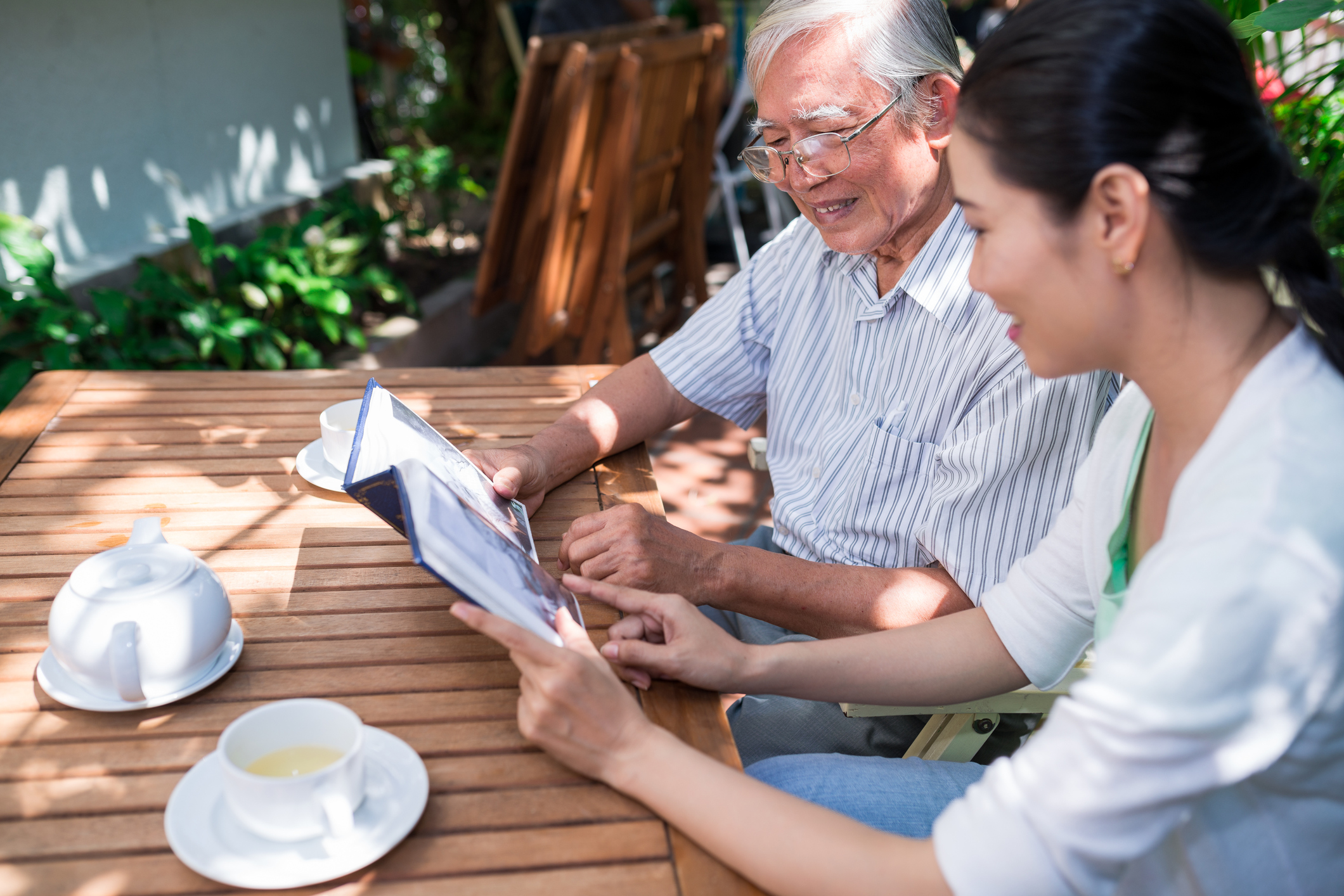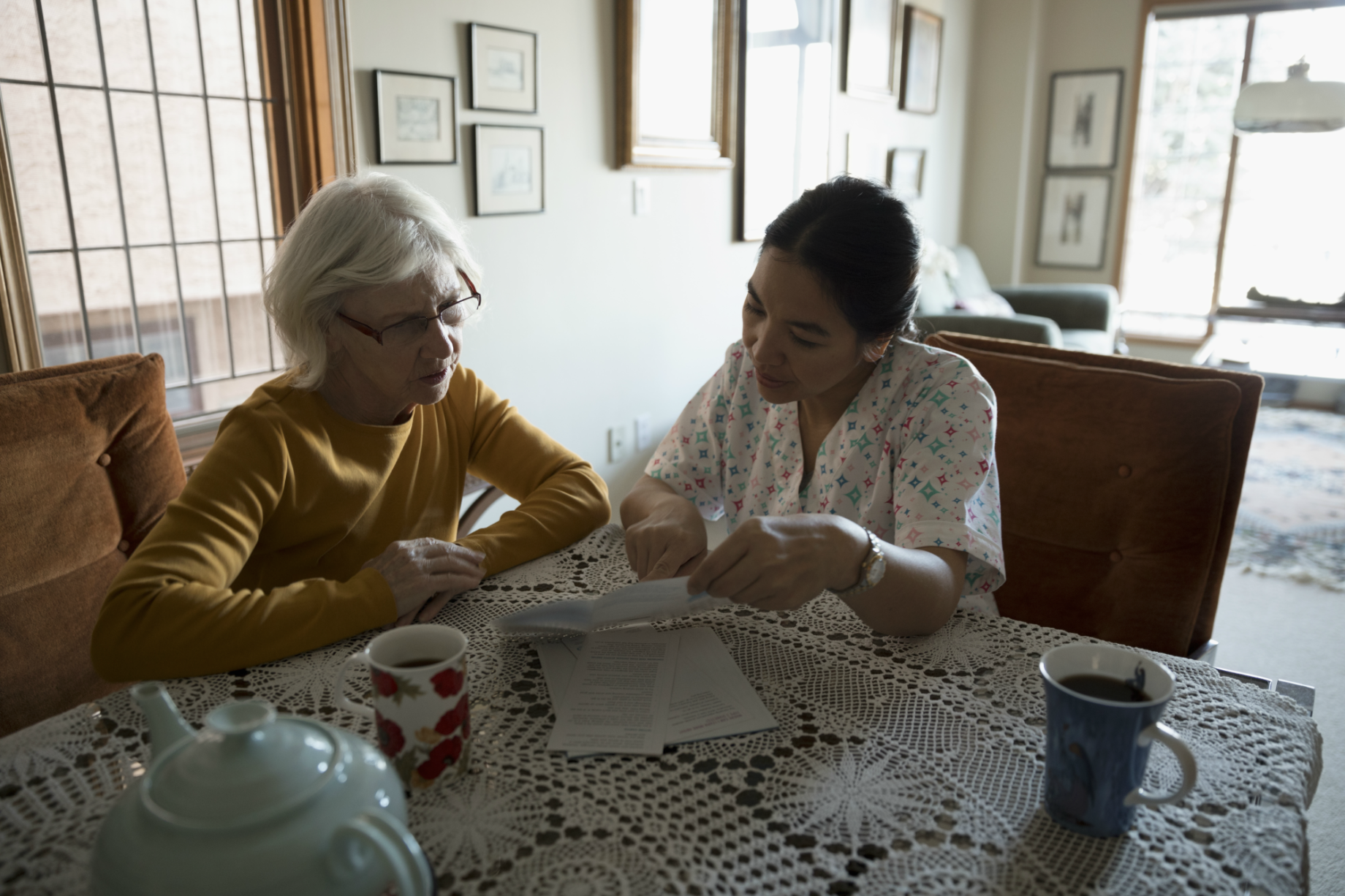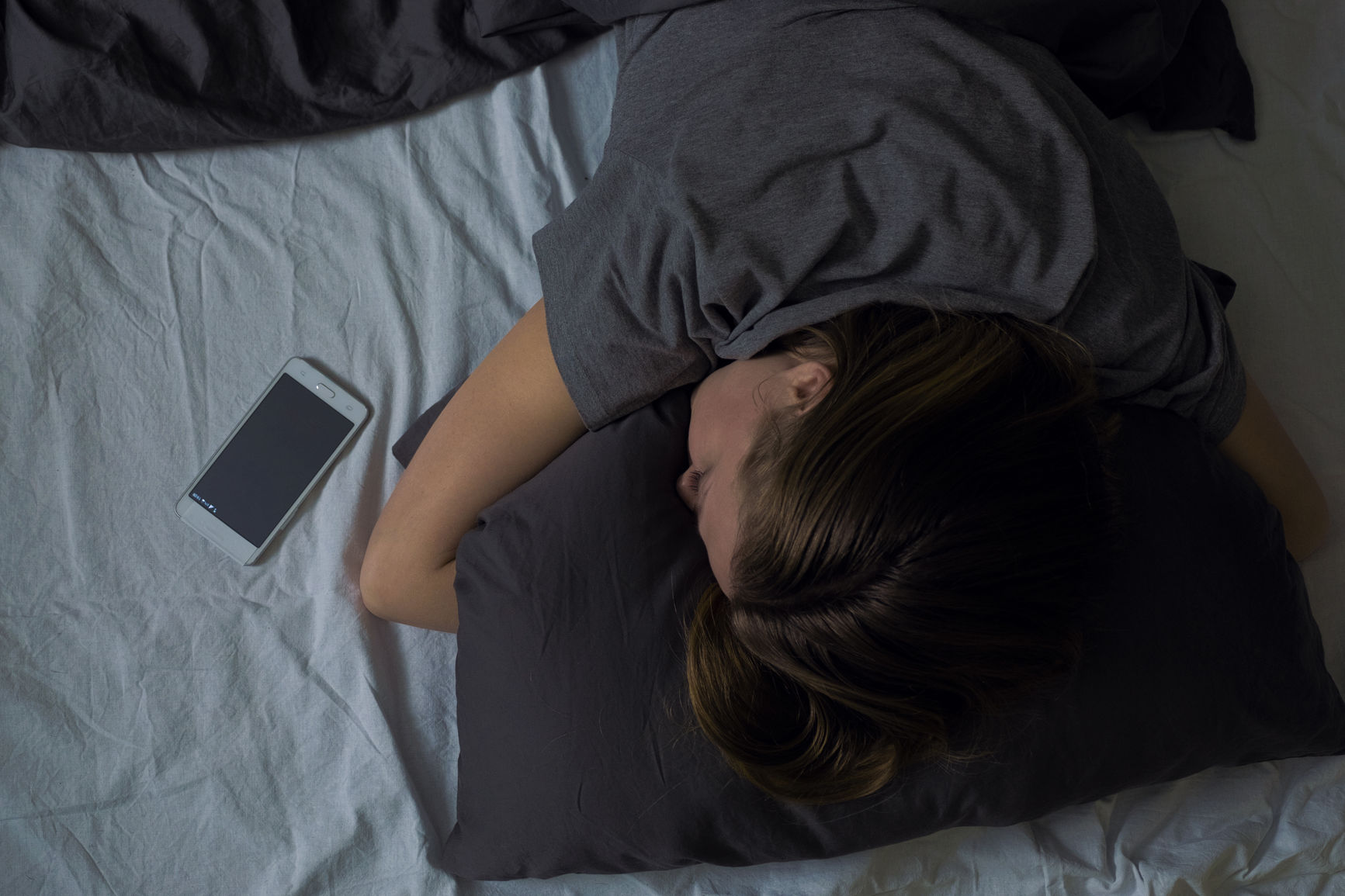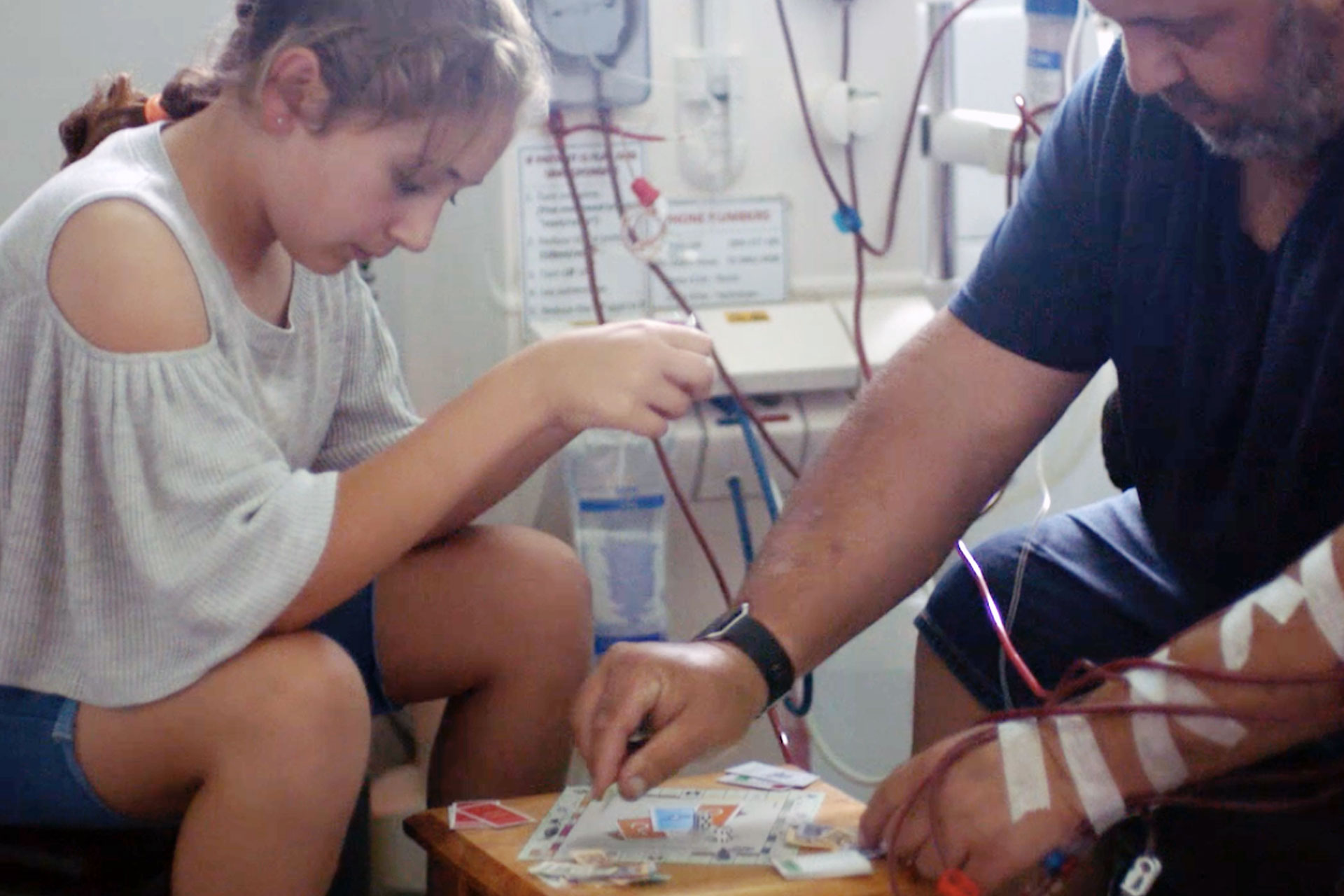-
Humans have been looking after their health for thousands of years in countless ways. From ensuring the balance of ‘humors’ in Ancient Rome to cold-water therapy in 19th century England, our understanding of health and medicine has continued to shift and evolve over time.
While western and eastern medicine have likely been influencing each other for centuries, they evolved in different parts of the world. Western (or ‘conventional’) medicine evolved in ancient Greece, while various eastern practices evolved throughout China and India. While both strive for the same outcome — optimal health and wellbeing — they evolved from different philosophies, which continue to influence practice today.
So how do the eastern and western schools of thought differ?
Western medicine Western medicine, which forms the basis of many of the world’s modern health systems, can be traced back to ancient times. While health and ill health was initially thought to be dictated by the Gods, the ancient Greeks were the first to look at the body through the lens of human biology. They studied health by looking at four bodily fluids or ‘humors’ — blood, black bile, yellow bile and phlegm.
Today western medicine remains largely founded on the principles established by the ancient Greeks. And as western medicine has evolved over the past 3,000 years, the key foundations of medical practice remain the same. Some of these include:
- Inquiry and examination of the physical body and its symptoms
- A scientific, evidence-based diagnosis of health, using clinically-proven treatments
- Health as a human right that should promoted and protected.
Eastern medicine Eastern medicine refers to a range of medical practices that originated throughout Asia. And although these practices have evolved over thousands of years, they still retain many of their original approaches to healing today. The philosophy which underpins most eastern medicine is the practice of treating the whole person, and not just the symptom.
While Australia is predominantly influenced by western medicine, many people use elements of eastern medicine as part of their approach to better health. Two of the most common forms of eastern medicine found in Australia are:
Chinese medicine: Dating back more than 2,000 years, Chinese medicine looks at the balance of energy in the body that runs through invisible ‘meridians’. If a patient presents as unwell, a Chinese medicine practitioner will investigate where the flow of qi (pronounced ‘chee’) — or life force — may be blocked in the body by undertaking a tongue and pulse analysis. Patients may be prescribed herbal medicines, acupuncture and remedial massage.
Ayurveda: The ancient Indian practice of Ayurveda looks at the balance of three elemental energies — fire, water and air — and where an individual might have an excess of one of these elements. Patients of Ayurveda are treated via changes to diet, massage, herbal medicine and meditation.
Can western and eastern medicine work together?
Many principles and techniques from eastern medicine have become commonplace in western practices, for example treating the ‘whole person’ rather than a symptom or disease, or using techniques like meditation as part of treatment for mental health issues.
And emerging research indicates that certain therapies originating from eastern medicine such as meditation, Chinese herbal medicine and acupuncture may work for a number of health conditions, and in some cases, the two schools of thought can be complementary.
For example, if you visit your GP with complaints about a sore lower back, they may prescribe you with short-term pain medication, as well as refer you to a physiotherapist to build and strengthen lower back muscles. Your doctor or physio may also suggest evidence-based eastern therapies, such as acupuncture, as an alternative way to relieve pain.
However, if you are considering eastern medicine as a treatment, we suggest you discuss these options with your GP or specialist.
If you have extras cover you may also be able to claim benefits for certain complementary or natural therapies. Popular therapies such as remedial massage, acupuncture and Chinese medicine will still be included in some Medibank extras covers, despite the removal of some natural therapies like naturopathy from April 1 2019. Find out more here.
The origins of western and eastern medicine

-
Innovating for members living with chronic disease
Medibank is supporting our members living with chronic diseases such as heart disease, arthritis, and diabetes, through our CareComplete programs.
-
Medibank’s palliative care at home trial
Giving our customers choice in where they would like to receive their end-of-life care can provide dignity, privacy and help them retain control over the care they receive.
-
How your phone habits affect your sleep
And what it means for your mental health, hormones and more.
-
Medibank trialling haemodialysis at home
Giving members with chronic kidney disease more choice
-
Almost half of hospital patients are looking for more support
Find out how Medibank is helping.
-
Depression and contraception: is there a link?
Find out what the research says
Subscribe to receive the best from Live Better every week. Healthy recipes, exercise tips and activities, offers and promotions – everything to help you eat, move and feel better.
By clicking sign up I understand and agree to Medibank's privacy policy






